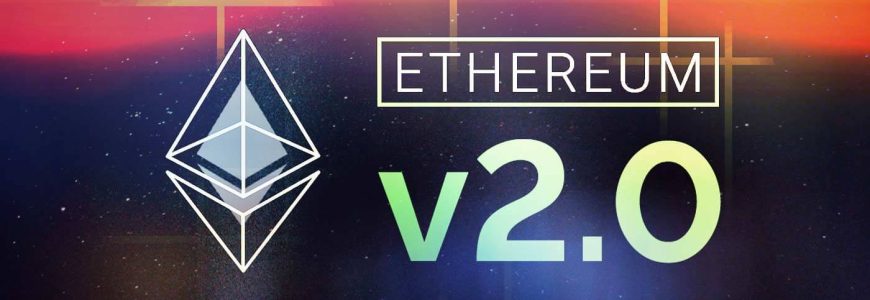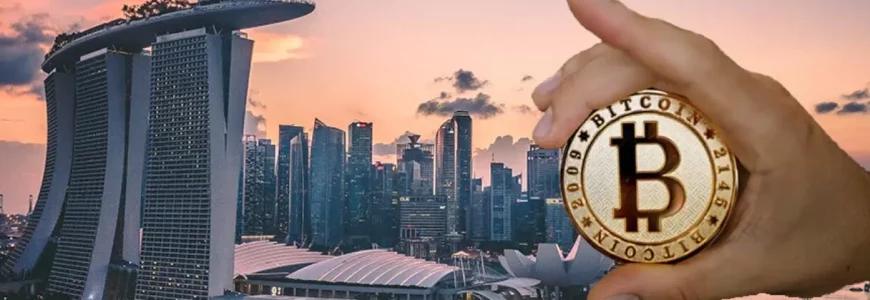Concerns around Bitcoin’s energy use however unscientific have continued to draw environmentally conscious investors to the second biggest crypto on the Block which is of course Ethereum.
This is probably a part of why ETH rallied so hard last week.
Fidelity opening its doors to ETH likely contributed and they’re eyeing the crypto space more than ever.
You may also know that Fidelity’s move will inspire other asset managers to follow suit in offering ETH to clients.
Ironically enough Ethereum’s increasing on-chain censorship is likely also making it more appealing to institutional investors, that’s because having a cryptocurrency that is fully compliant AKA controllable is their desire.
Thankfully fighting against on-chain censorship is a part of Ethereum’s new roadmap as explained by Vitalik on Twitter: the Ethereum roadmap contains a new phase called “The Scourge”.
In Vitalik’s own words The Scourge will quote “ensure reliable and fair credibly neutral transaction inclusion”.
The Scourge will also address maximal extractable value or Mev issues on Ethereum to quickly recap the next stage.
In Ethereum’s roadmap is the surge which focuses on scalability AKA making Ethereum faster through the use of zero knowledge roll ups.
Once the surge is complete Ethereum should be able to process over 100 000 transactions per second.
Now the second stage was originally The Verge but it has been bumped down into third place with the scourge taking precedence now.
This makes sense given that on-chain censorship is a more urgent matter than data storage and node size optimization which is the focus of the Verge.
On that note I should point out that Ethereum’s updated roadmap doesn’t contain any dates.
In fact it suggests that all these Ethereum upgrades are being worked on in parallel to that end it contains a little progress bar for each individual milestone in every stage.
In any case The Verge will be followed by The Purge which involves further optimizing data storage and deleting any old or unused data on the Ethereum blockchain.
This is important because the Ethereum blockchain contains lots of dead smart contracts from its early days which bloat its size.
Finally we have the Splurge which includes all future improvements to Ethereum.
The roadmap notes upgrades to the Ethereum virtual machine, changes to the transaction fee, Burns of eip1559 and the introduction of verifiable delay functions as areas of focus of all ethereum’s upcoming stages.
The Scourge and The Purge are arguably the most important that’s because they are intertwined the former concerns the censorship of transactions and the latter concerns the storage of transactions which affects censorship especially in the longer term.


